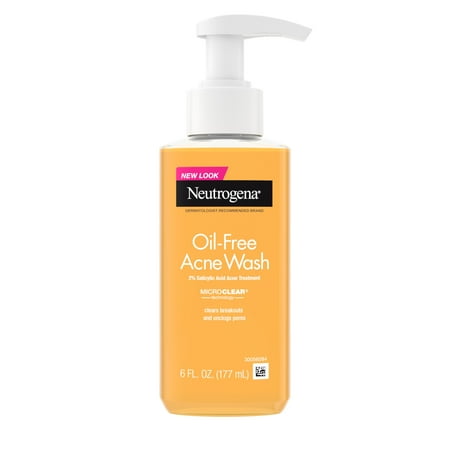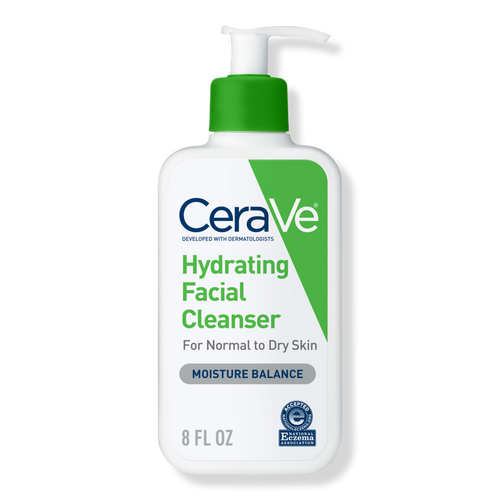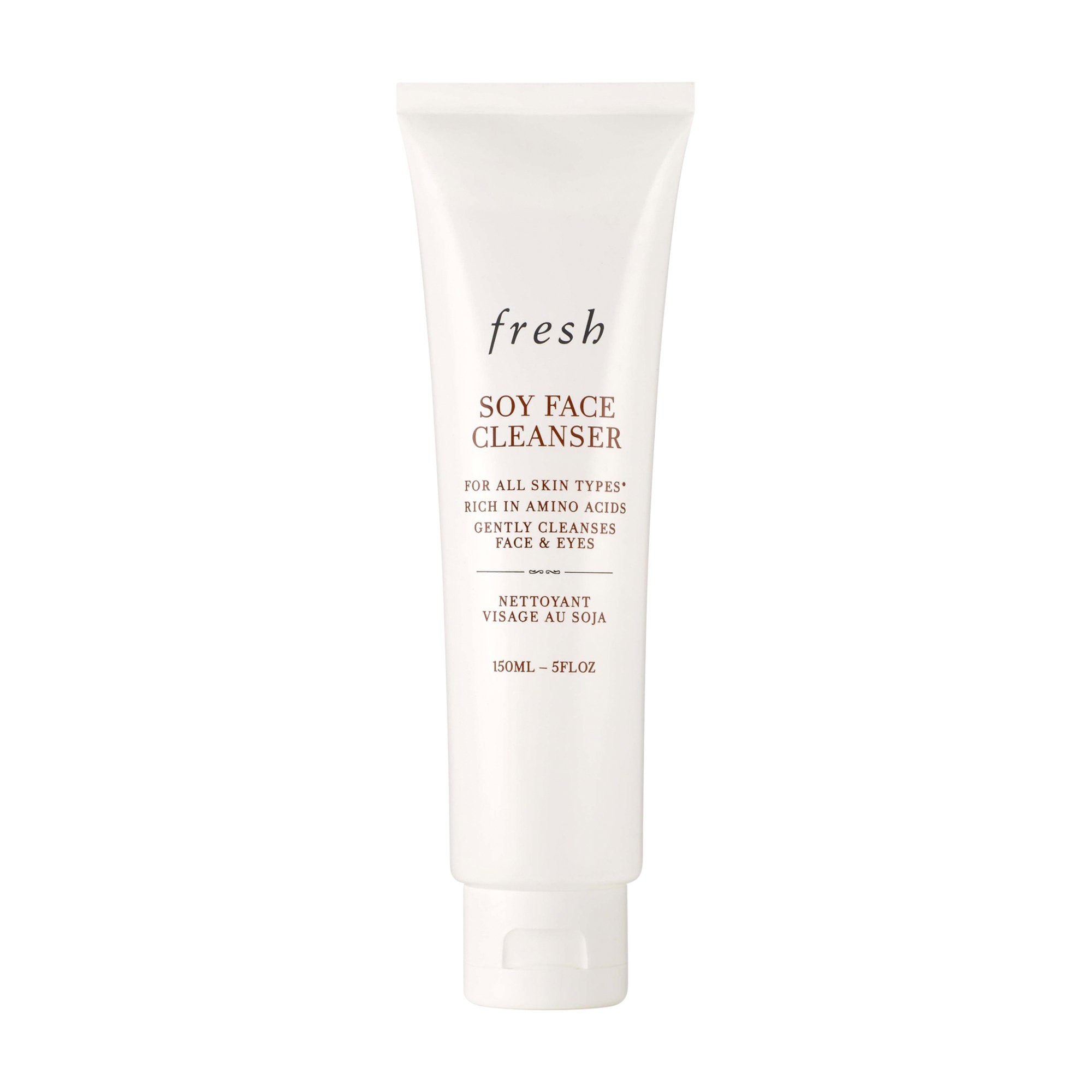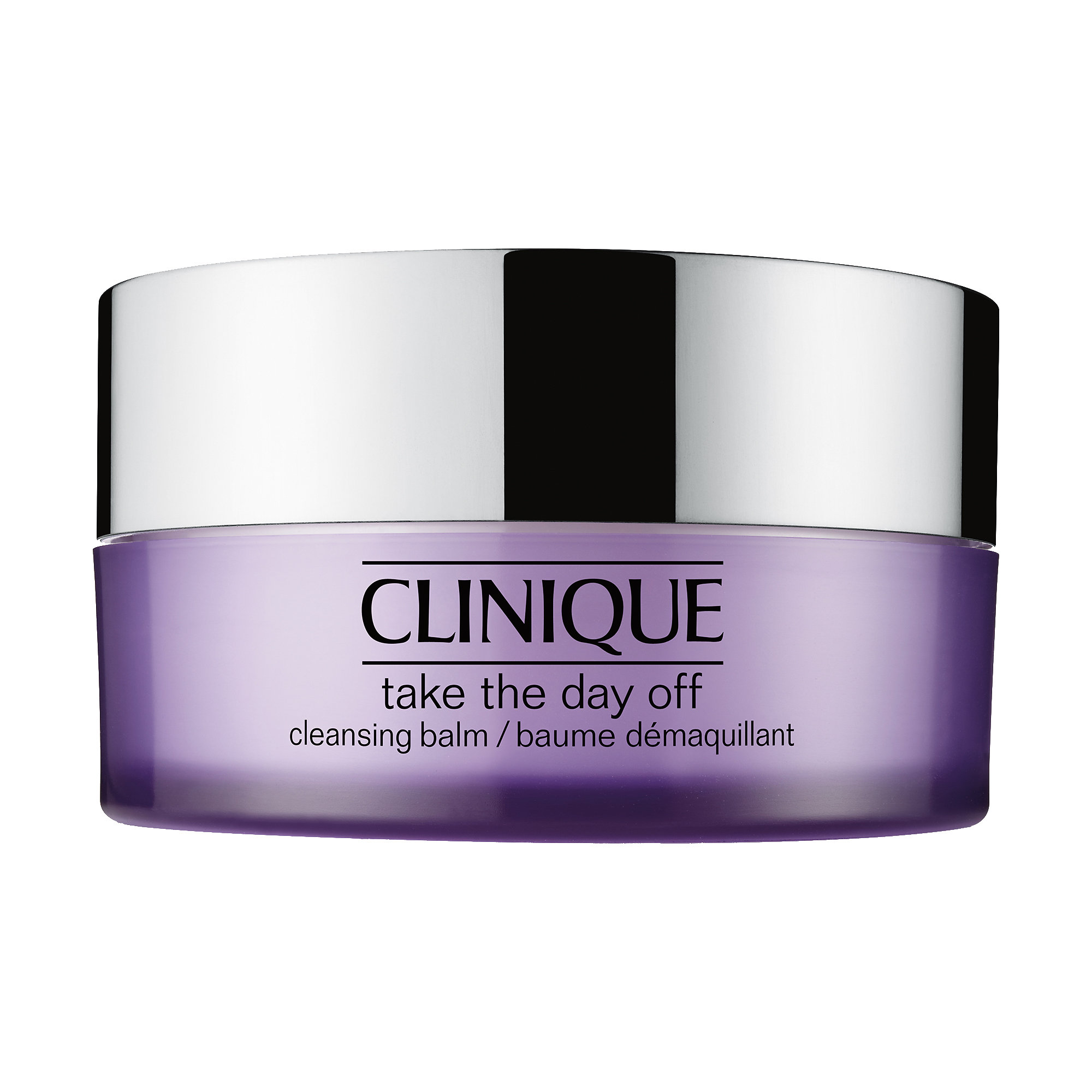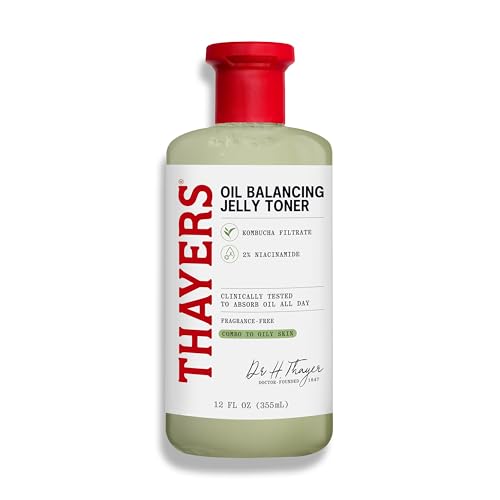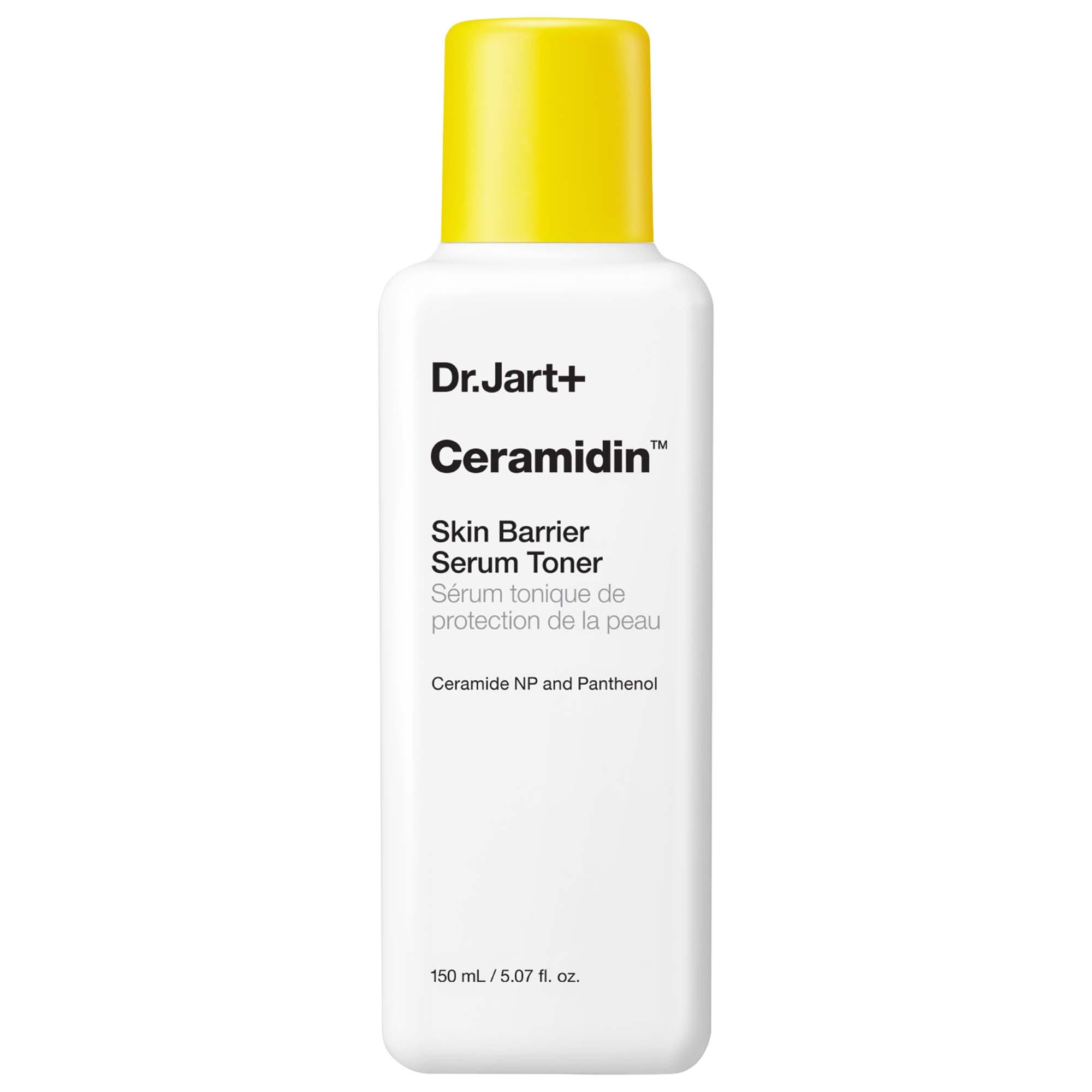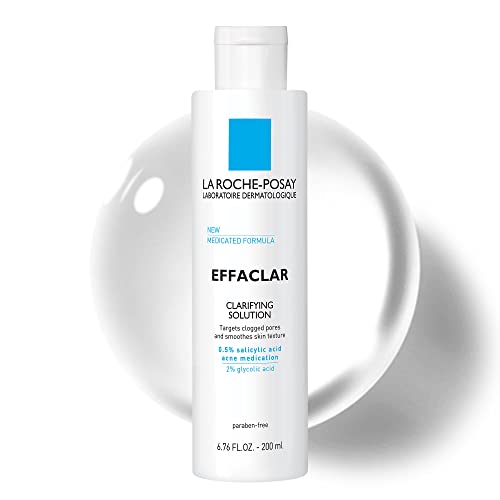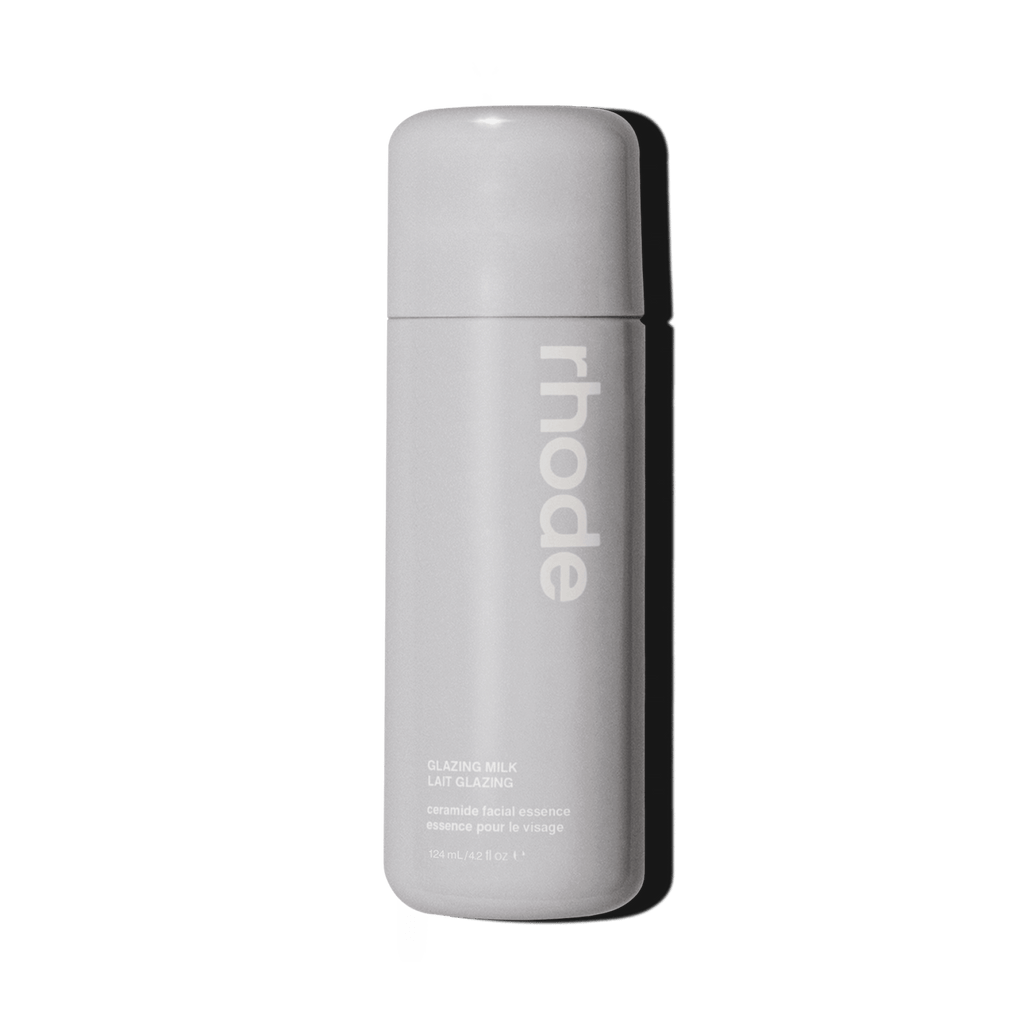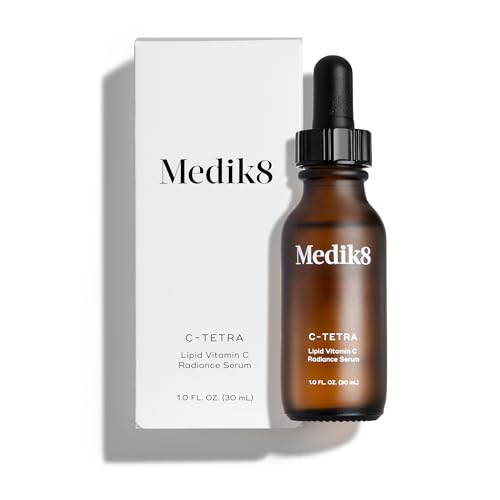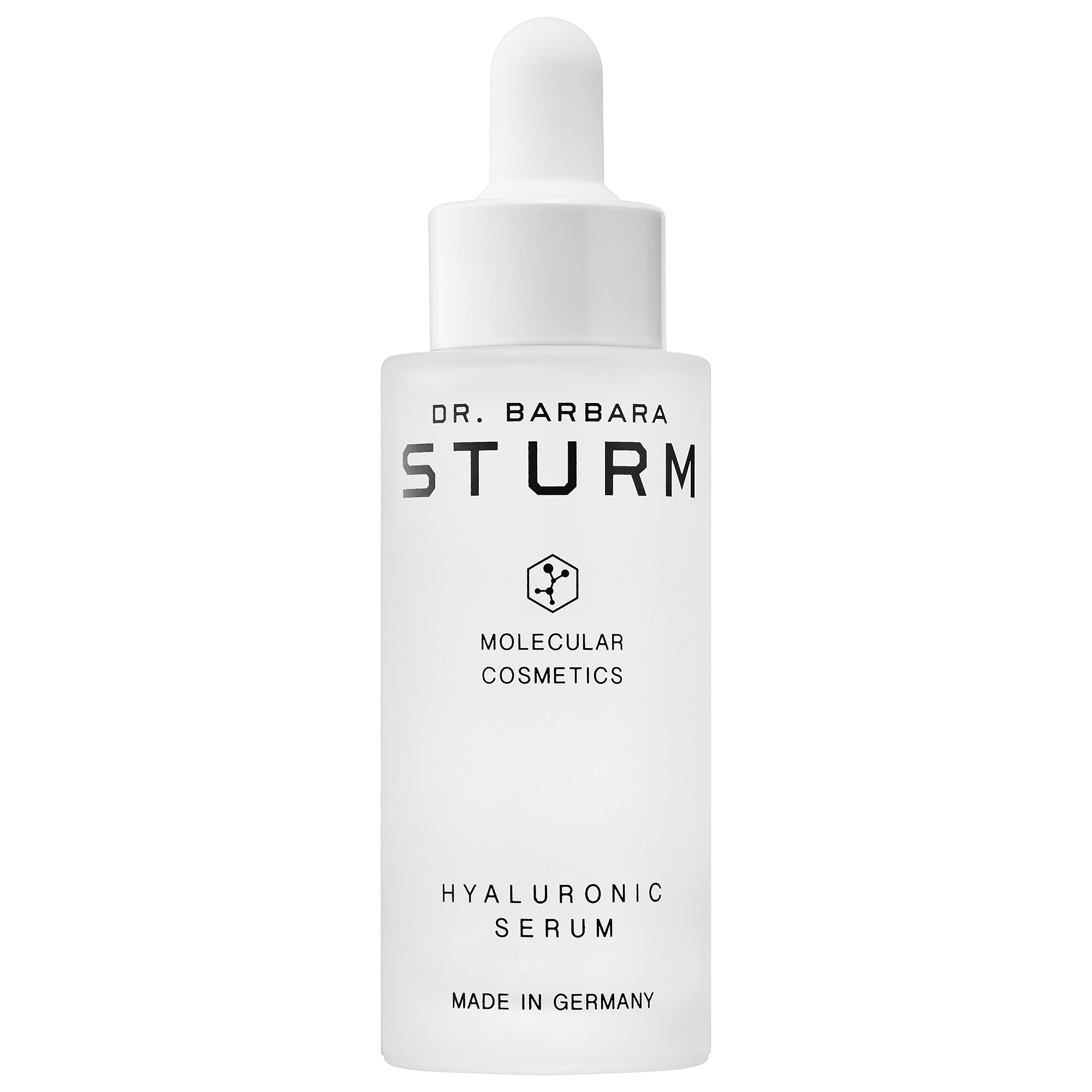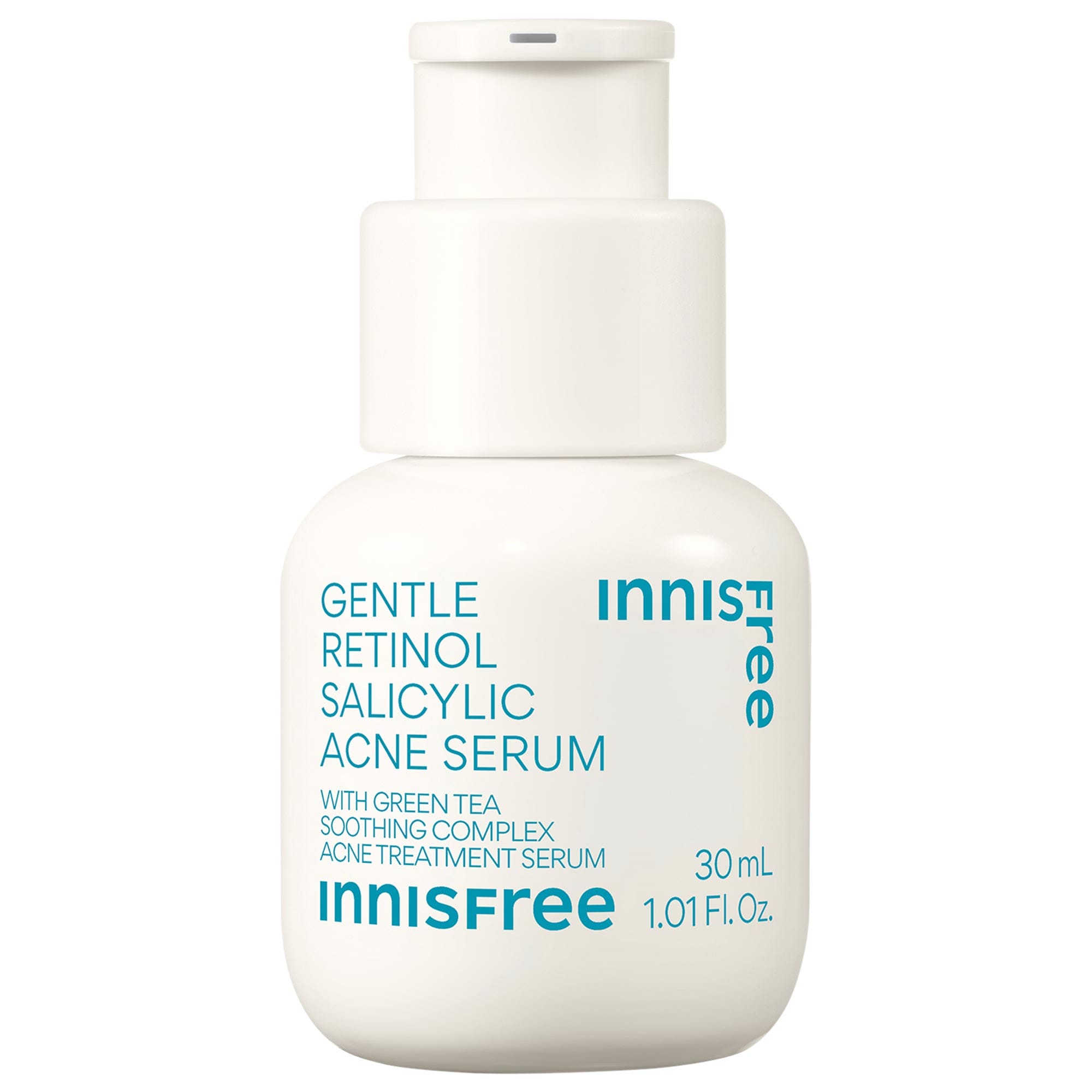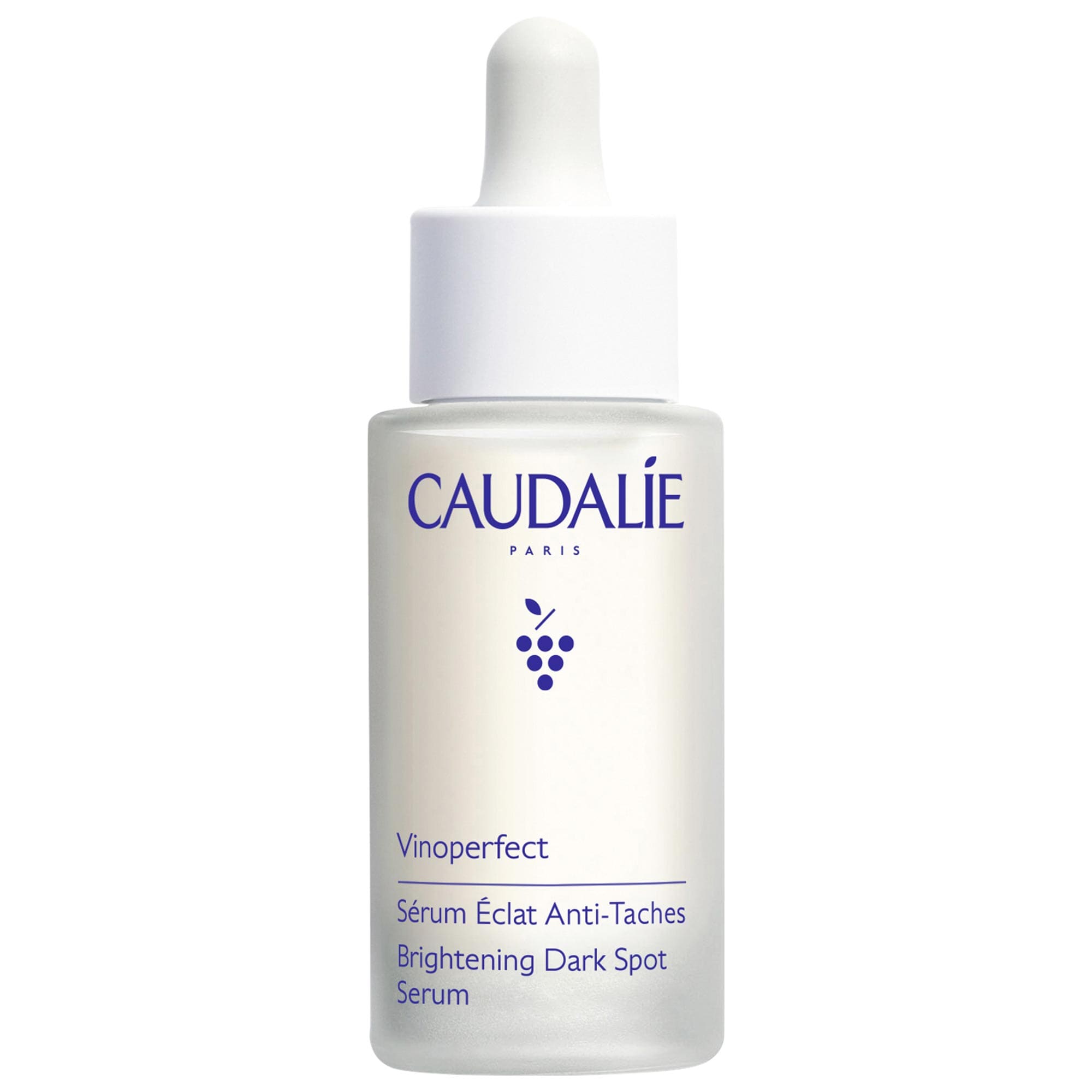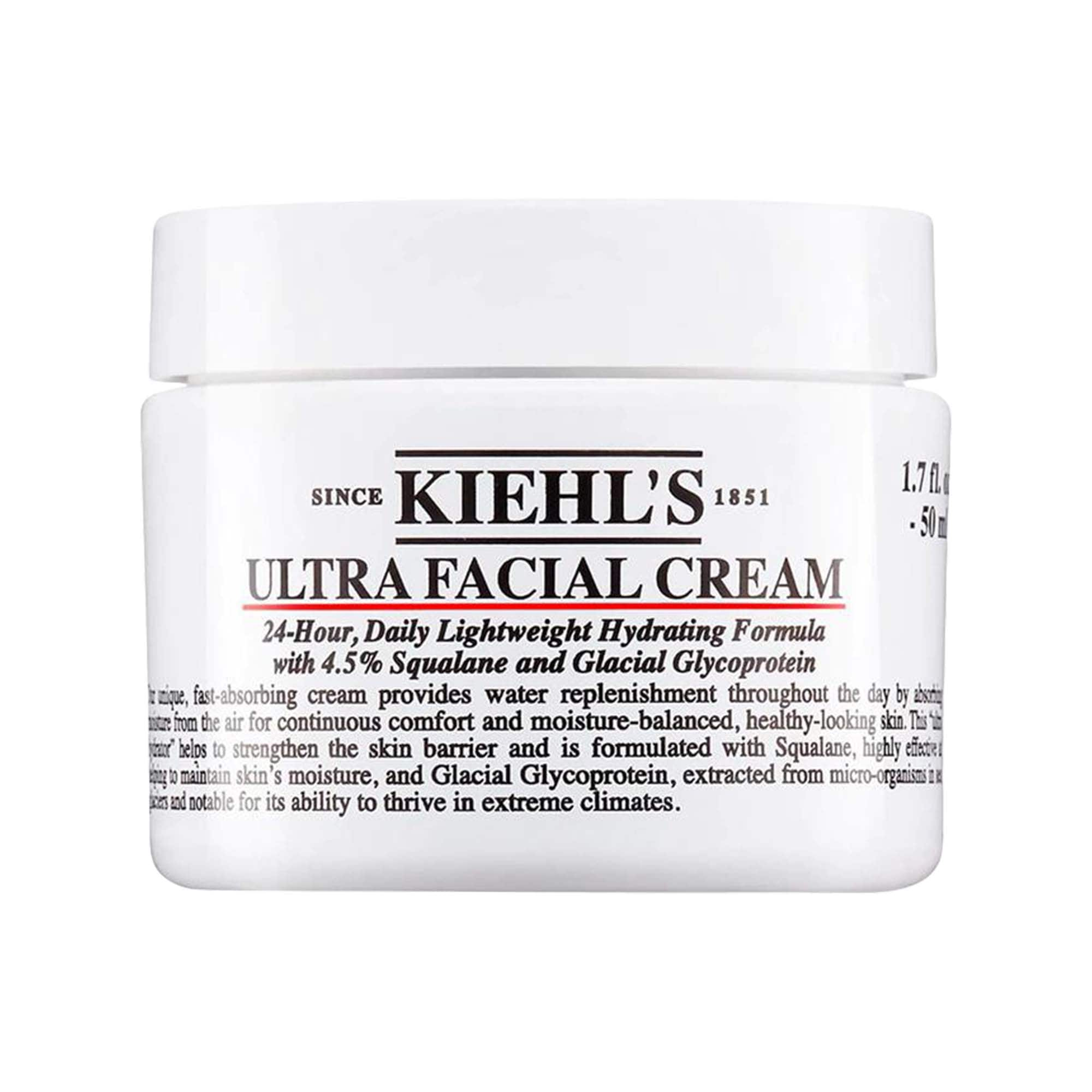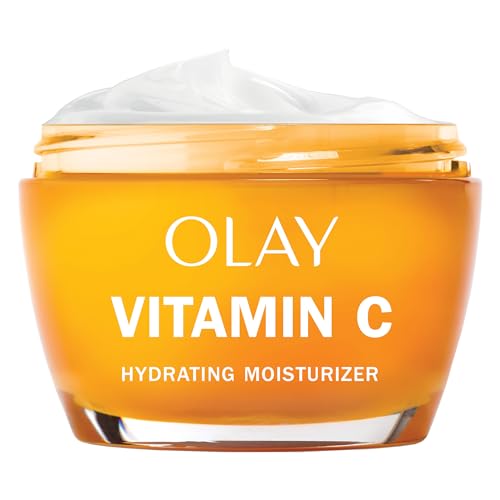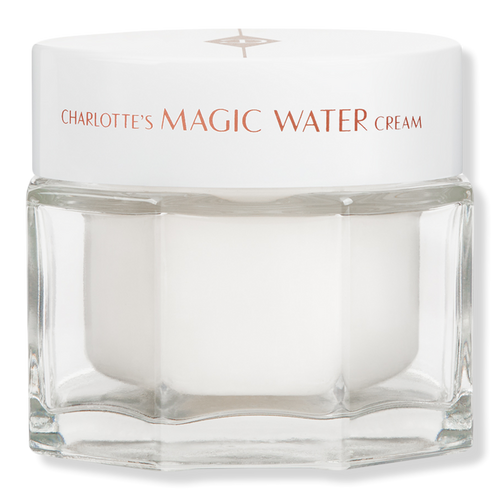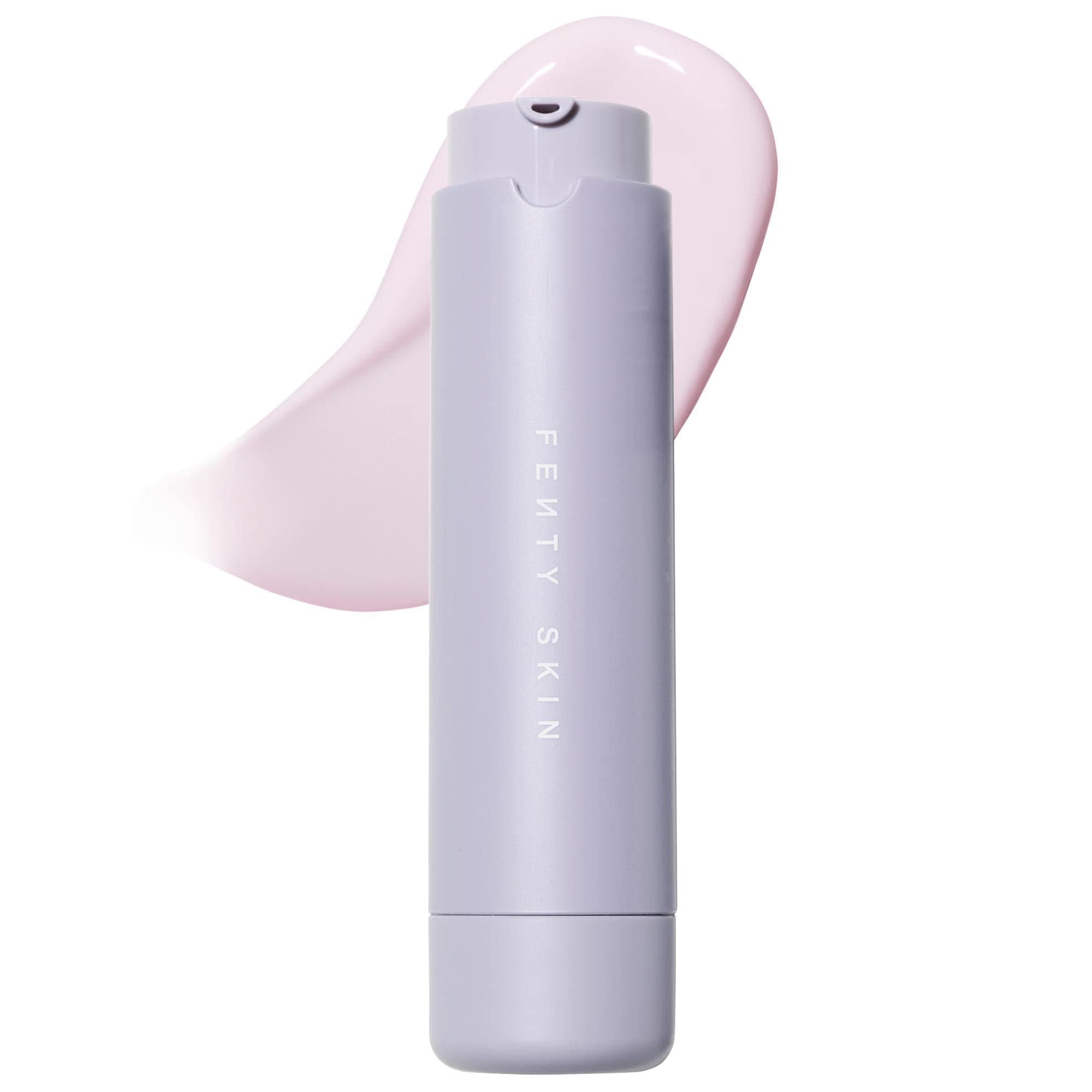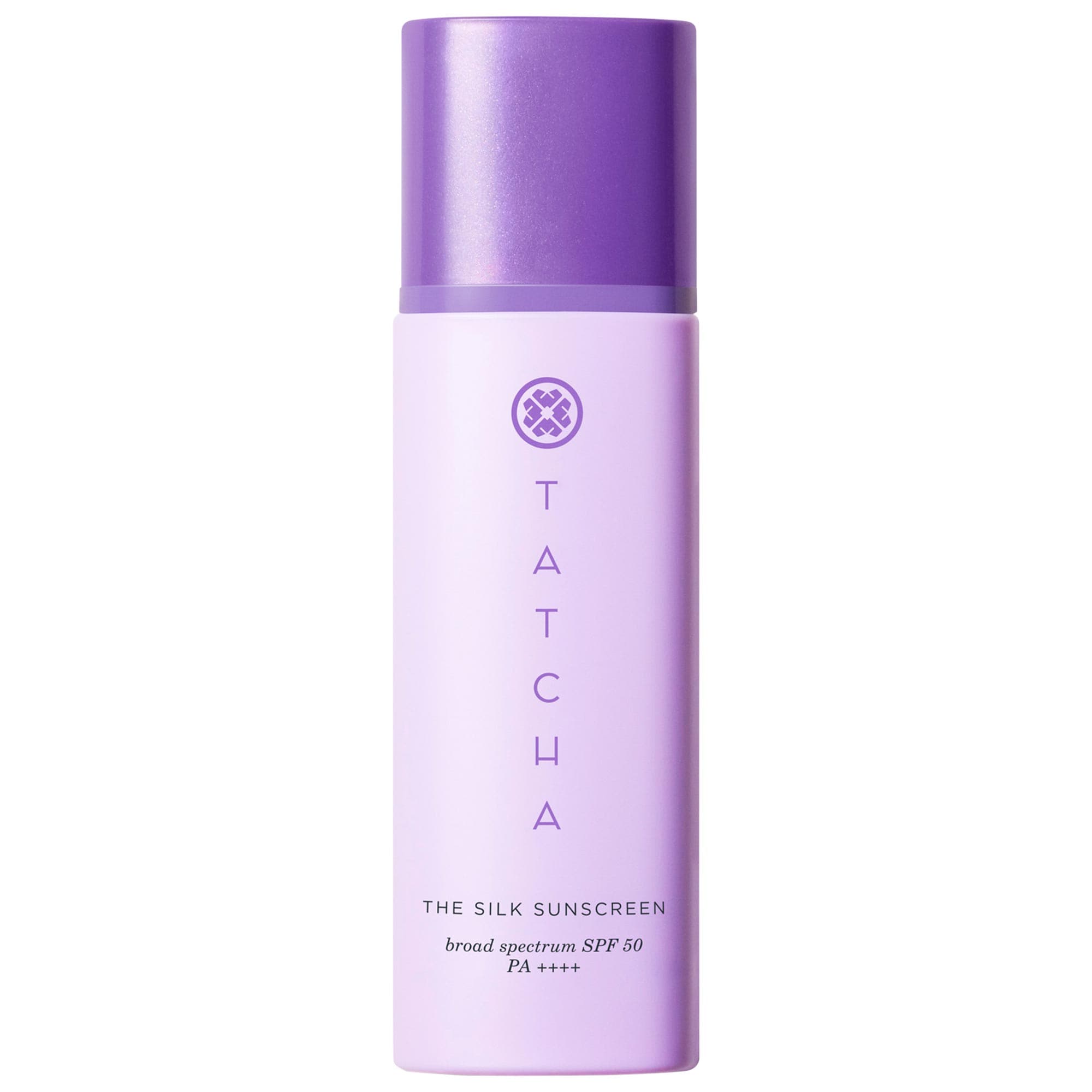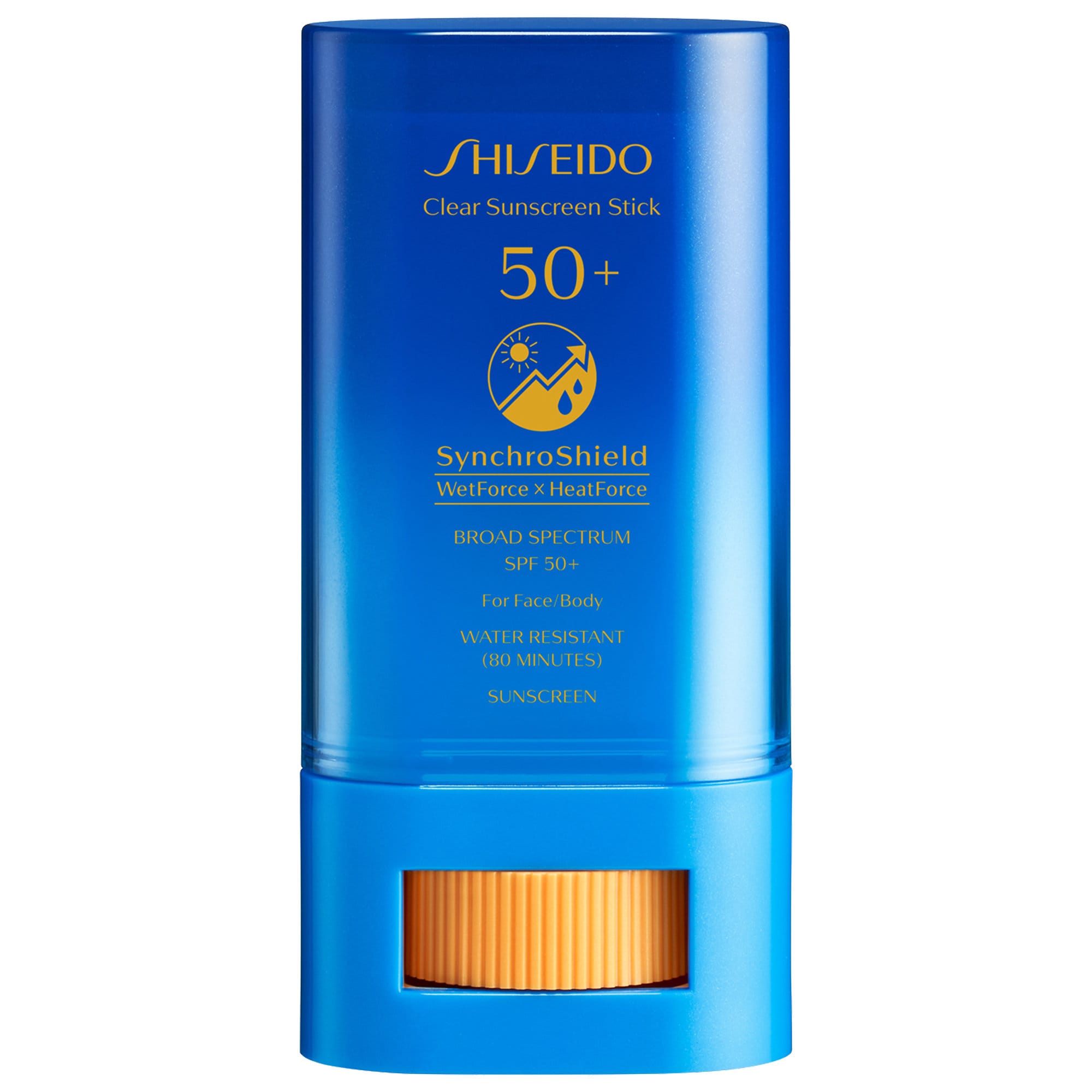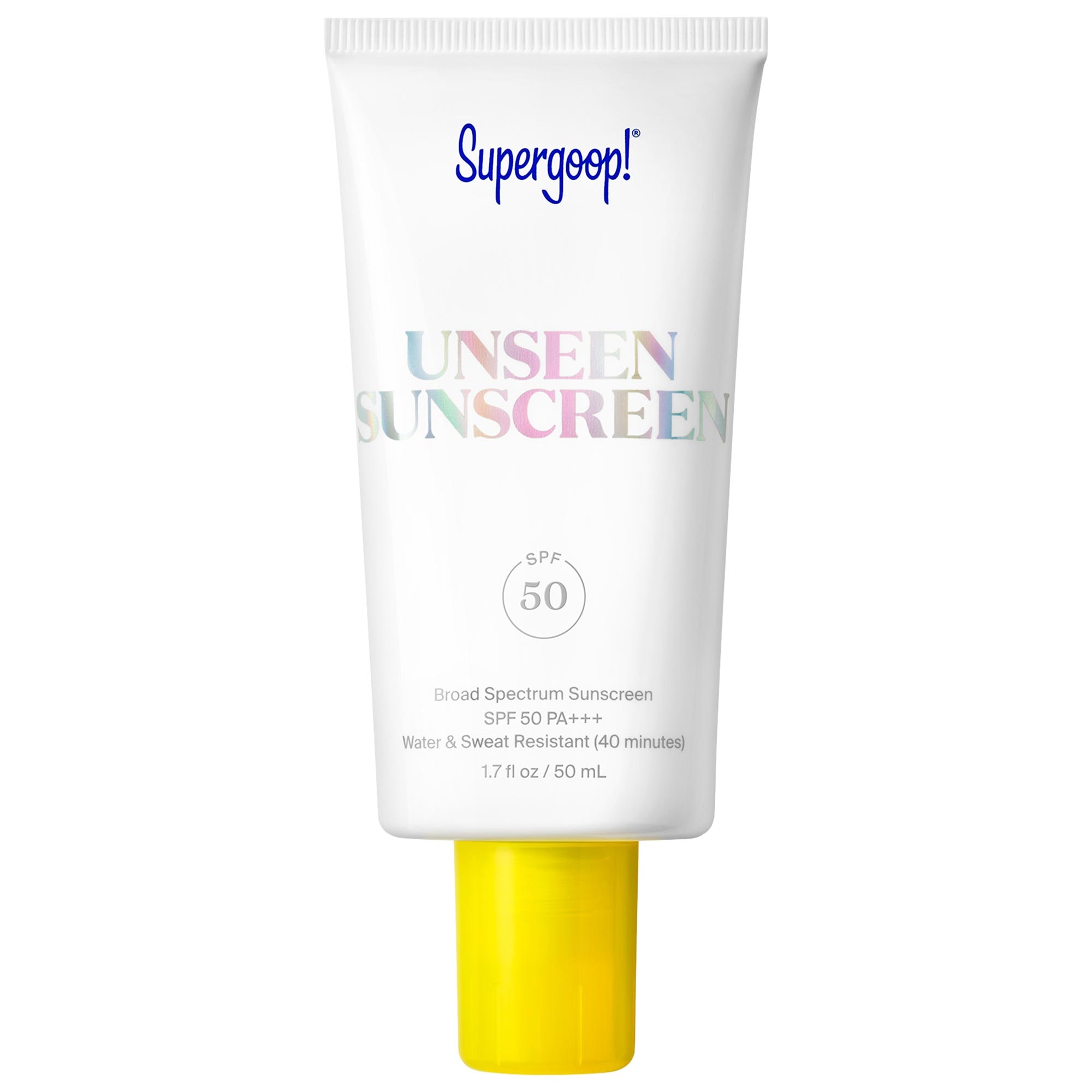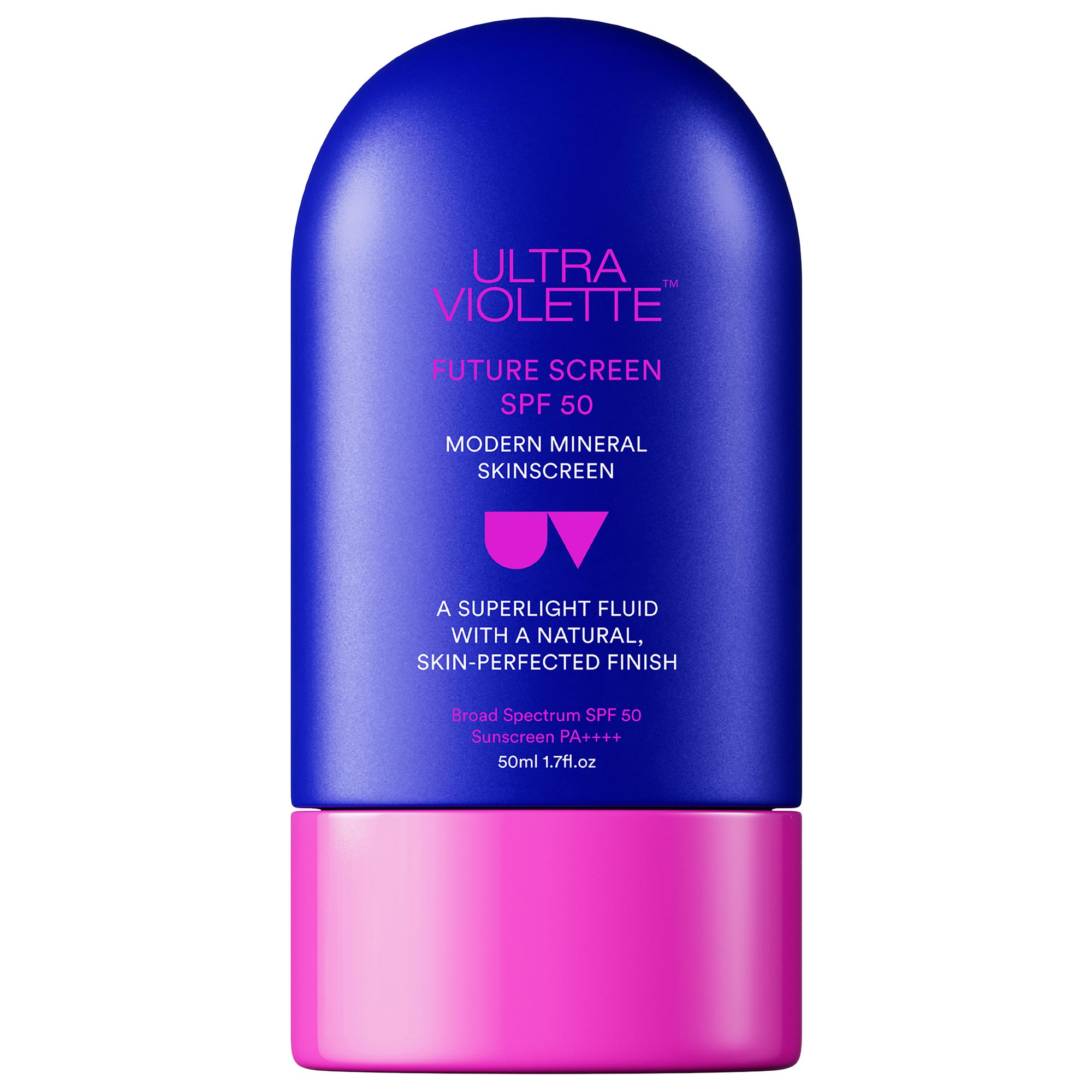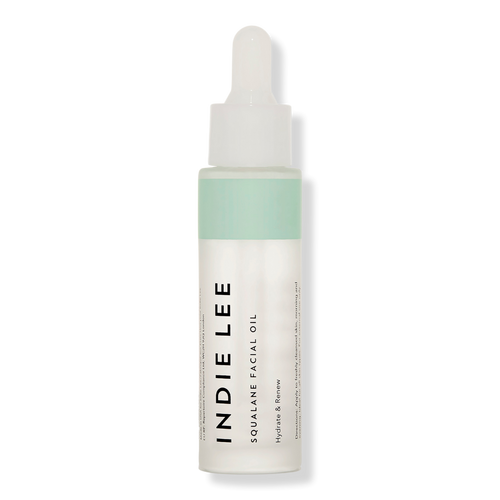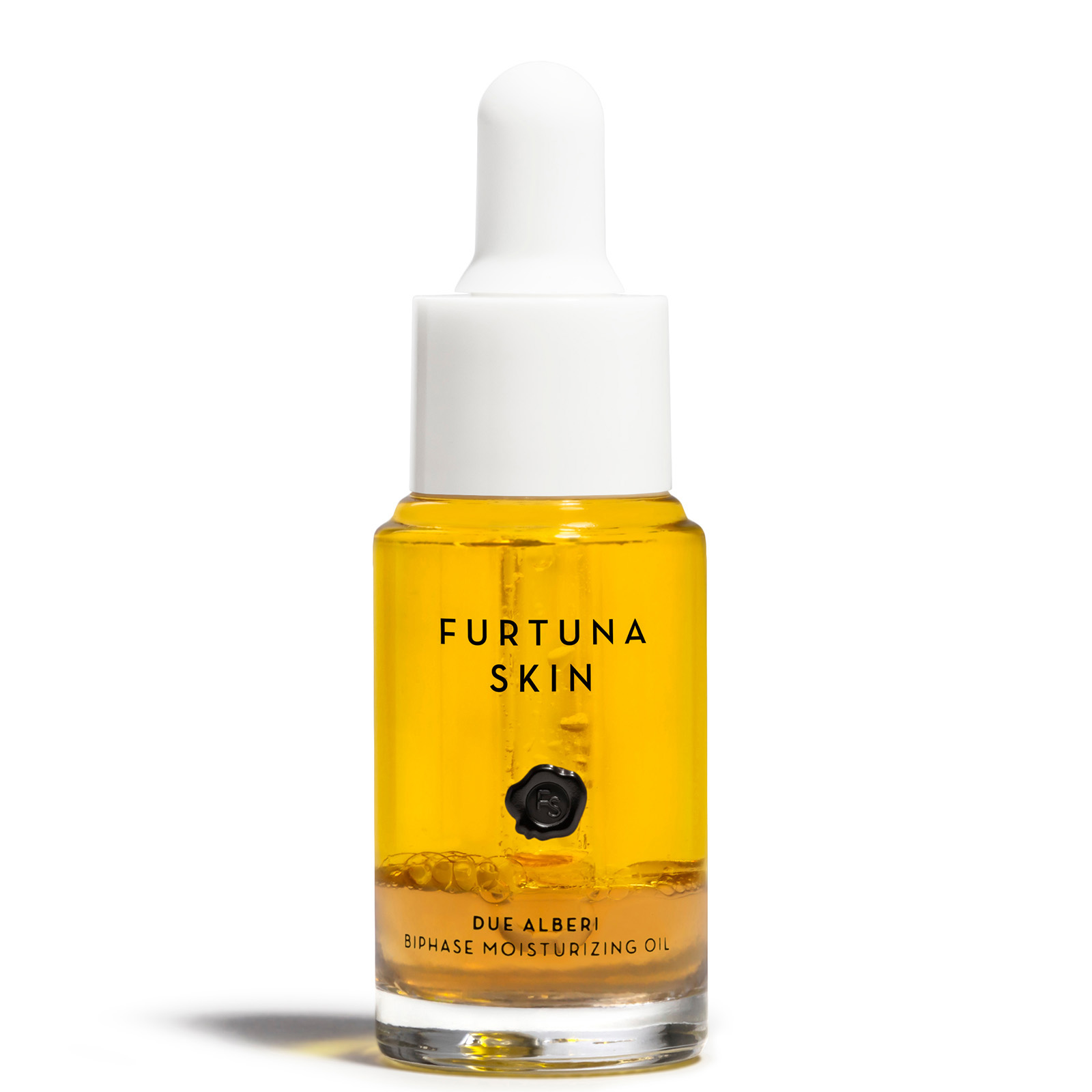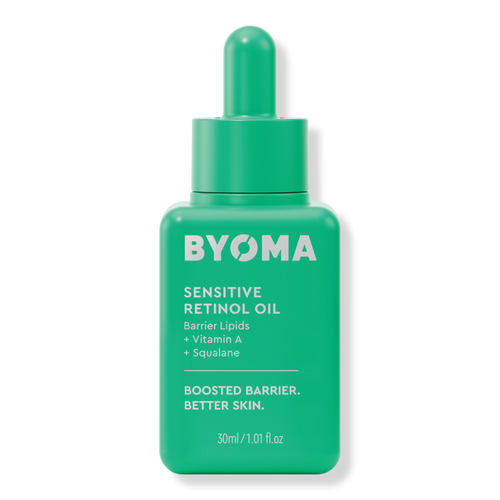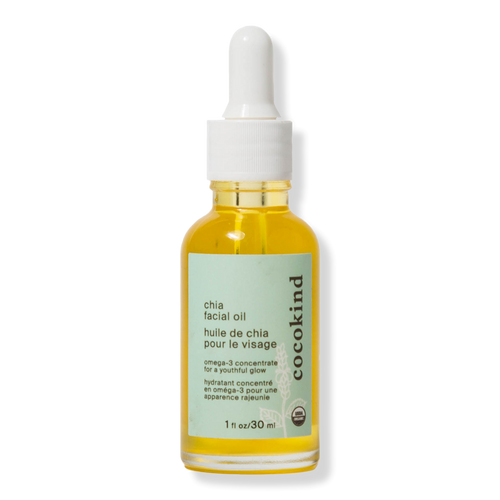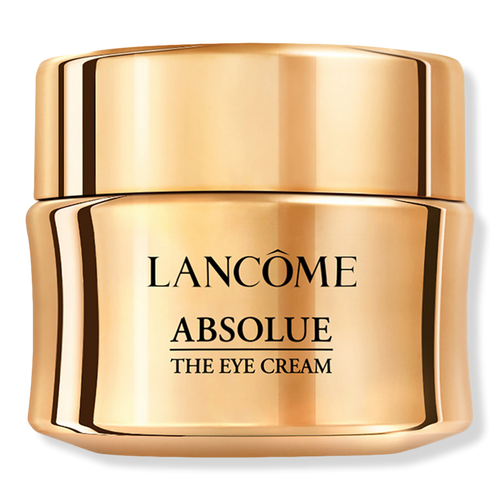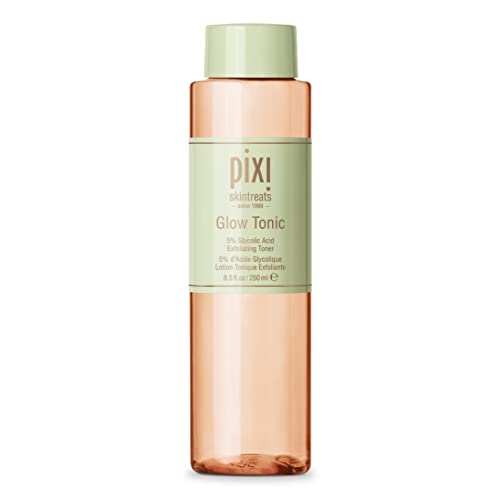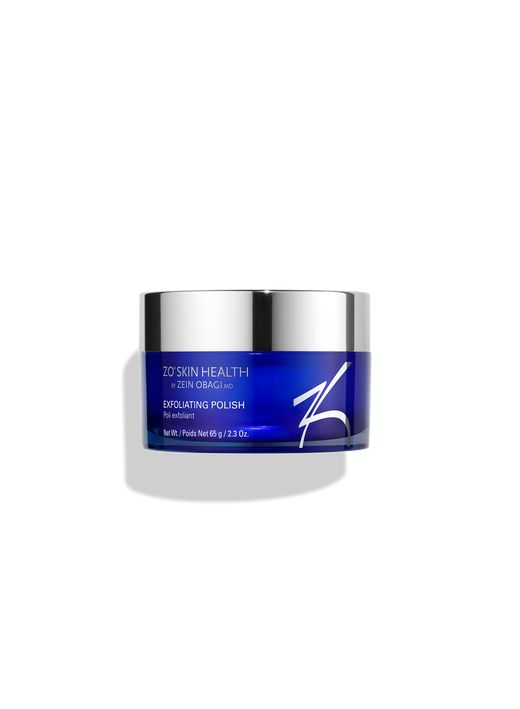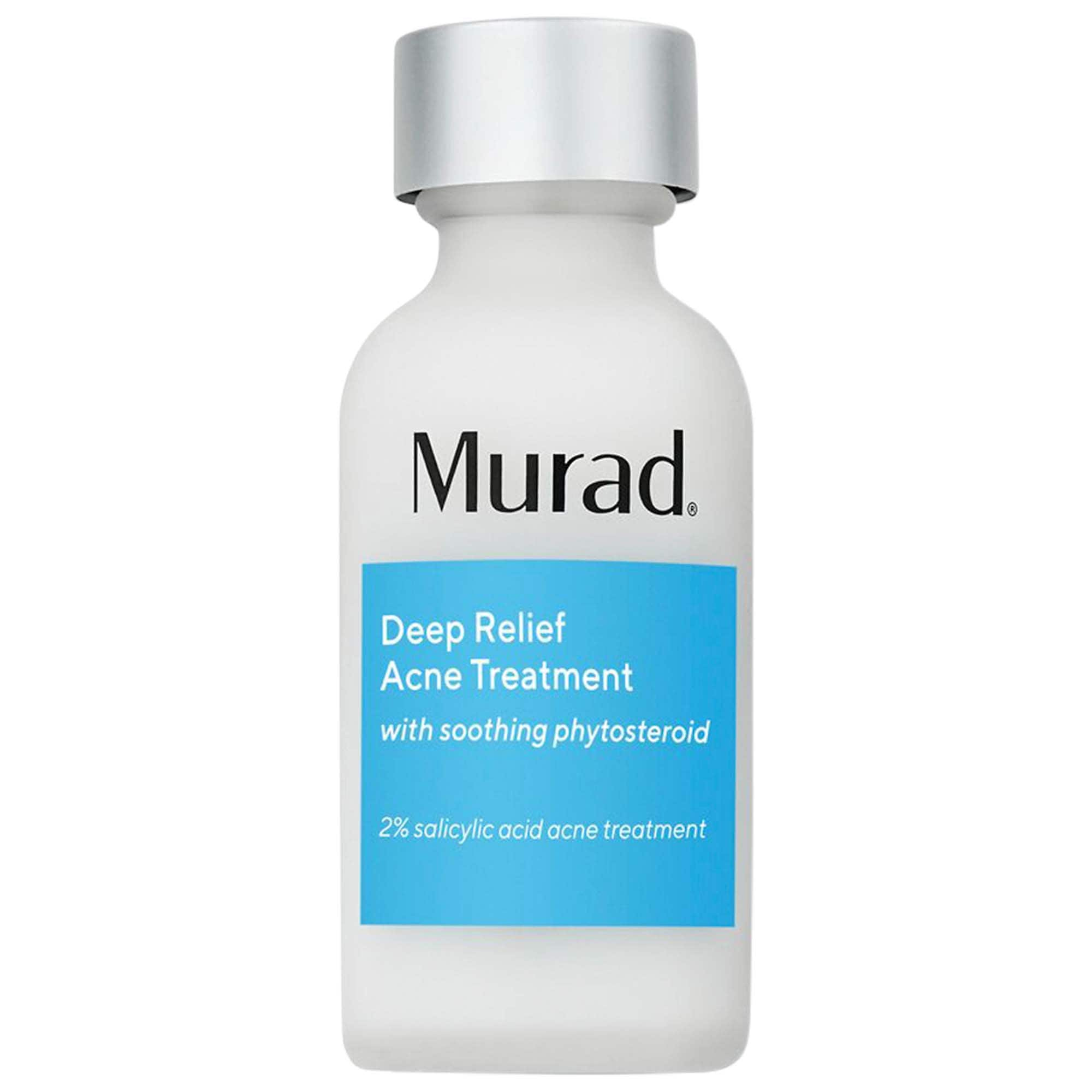Yes, There's a Correct Order to Apply Your Skincare
Get your products ready and follow along.
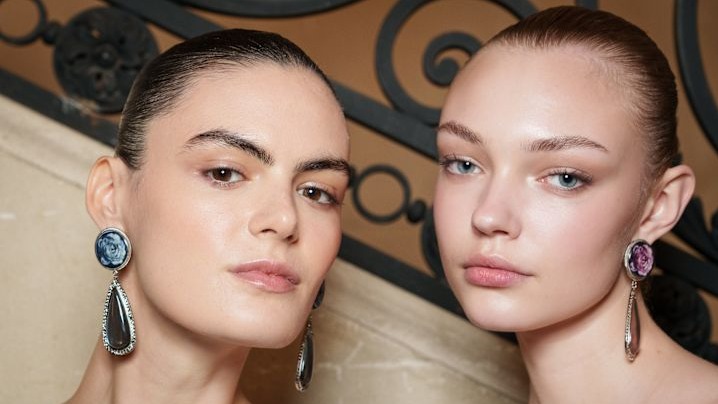
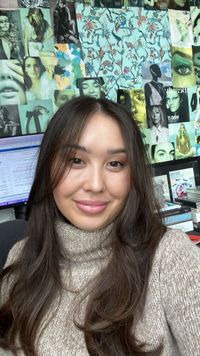
Taylore Glynn
Bought some new skincare products, but you don't know where to start? It's understandable—learning the correct order to apply skincare can be incredibly confusing. There are so many products (think: cleansers, toners, moisturizers, and serums) and, unless you're ready to channel your inner cosmetic chemist, starting out your skincare routine can be daunting. "Different skincare brands can have their own philosophies about how to care for your skin, so they recommend varying routines," says celebrity esthetician Renée Rouleau.
But there are some general rules to follow. After cleansing, products should be applied according to the size of the molecules they contain, from the smallest molecule to the largest molecule. Here's what that means: usually, you'll start by applying the thinnest formula first, working your way up to the thickest. Do the reverse, the active ingredients won't be able to penetrate your skin and work their magic.
"Anything with a small molecule, such as a water-based toner or serum, has the capability of passing the membranes to get into the skin the farthest," says Rouleau. "Large molecule products, such as a pure treatment oil, won’t do that as effectively, but do serve the purpose of acting as a sealant or proper protection to defend the skin from external stressors and allow everything that was applied underneath."
Follow along to learn exactly what the correct skincare routine order is, from the most basic to more extensive routines.
What Order Should I Apply My Skincare?
The best basic skincare routine will vary greatly depending on your skin type and concerns, but, in general, it should "involve cleansing, hydrating, and more specialized serums," says Jeanine Downie, MD, a cosmetic dermatologist in Montclair, New Jersey. "Sunscreen is a non-negotiable, regardless of skin tone, type, or ethnicity."
Beyond a cleanser, serum, moisturizer, and sunscreen, you "may add in exfoliating and toning as additional steps beyond the basics, but 12 steps are certainly not required," says Dr. Downie. Still, you might be interested in adding a few treatment products to address concerns like hydration, dullness, or fine lines and wrinkles. "Some examples include hyaluronic acid for hydration, vitamin C for brightening, and daily SPF for daily sun protection," says Dendy Engelman, MD, FACMS, FAAD, a board-certified dermatologist in New York City.
Here, you'll find the dermatologist-recommended order to apply your skincare.
Get exclusive access to fashion and beauty trends, hot-off-the-press celebrity news, and more.
Step 1: Cleanser
The first step in your skincare routine, both morning and night, is a face cleanser. "Look for gentle cleansers that do not strip the skin, eliminate the daily dirt, makeup, and grime, and keep the skin balanced and barrier strong," says Dr. Downie. "Look for labels like hypoallergenic and fragrance-free."
Cleansing sets the tone for the rest of your routine, so you want to make sure you choose the right option for your skin type. "Use gel cleansers for oily or combination skin, and creamier/thicker formulas for dry skin." And if you wear a lot of makeup or feel your face needs some extra cleansing? Don't be afraid to double cleanse. "Start with an oil cleanser or melting balm, then follow with a gentle, hydrating cleanser," says Dr. Engelman.
Step 2: Toner/Essence
Toners and essences are pretty similar, consistency-wise and need-wise. The luxe formulas usually feel watery or milky and are both completely optional in your skincare routine. "Toners help rebalance the skin’s pH and prep for the rest of your routine," says Dr. Engelman. "If you have dry skin, look for a hydrating toner. If you have oily skin or if you are acne-prone, use a toner with salicylic acid."
Toners are created for various skincare needs and can "double down on excess sebum or deliver ingredients to address specific concerns like texture or redness," says Dr. Downie. Add one to your routine morning and/or night after cleansing if you'd like, but it's nowhere near an essential step.
Insider tip: Apply the toner onto your skin when it's still a little damp post-cleansing. "When left damp on the skin, they give your skin a drink of moisture before applying serum or moisturizer," says Rouleau.
Step 3: Serum
Here's where you can really personalize your routine to cater to your skin's specific needs. Serums target specific concerns, like vitamin C or niacinamide for antioxidant protection, hyaluronic acid for hydration, retinol for wrinkles, and more.
"A serum is a lightweight formula packed with higher concentrations of actives that the skin can absorb easily," says Dr. Engelman. "Since serums penetrate more deeply than many other products, they are a great, effective option for targeting signs of aging." Most formulas in this category are about the same weight, so if you want to use multiple, they can usually be layered together before you move on to the next step.
Some key clarifiers: Vitamin C serums should be applied in the morning (they fend off free radicals), and retinol serums should be applied at night. If you're using serums with potent actives like these, make sure to start slowly (apply once every other day or two days) to avoid irritation.
Step 4: Moisturizer
Moisturizer is a key step for day and night, regardless of skin type (yes, oily skin needs moisturizing too!). Your moisturizer helps "lock in hydration from your routine and strengthen the skin barrier," says Dr. Engelman. "Lightweight creams are great for oily skin, while thicker creams are good for drier skin types."
Moisturizers can simply deliver, well, moisture, but they can also do double duty. Nighttime moisturizers can contain retinol or other powerful ingredients to work while you sleep, while daytime moisturizers can include sunscreen or vitamin C to keep you protected during the day. "If your skin is acne-prone, you will need to stick to oil-free moisturizers that are non-comedogenic," says Dr. Downie.
Step 5: Sunscreen
A daytime-only skincare step, sunscreen is the final step of my skincare routine and the first step of my makeup routine. Choose either a chemical or mineral sunscreen (or a combination of both!) depending on your personal preferences. "I recommend broad-spectrum sunscreens that protect against UVA, UVB, blue light, and infrared, which is heat," says Dr. Downie. Remember, you want to use one that's also a minimum SPF 30 and water-resistant.
And when it comes to sunscreen, it's not a one-and-done deal: "They need to be applied and reapplied every two hours, especially in direct sunlight," she says.
Step 6: Face Oil
At night, face oils are the grand finale in your routine. "With regular use, they can dramatically repair a damaged moisture barrier (the underlying cause of dryness and sensitivity) and bring the skin back to a healthier state," says Rouleau, though she notes that these pampering formulas are best reserved as a soothing bedtime ritual.
"Facial oils are not ideal to use in the morning to avoid interfering with the daytime protection you need from your sunscreen. Skin oils in their pure form may dissolve your sunscreen throughout the day, similar to the way that your skin’s own natural oils can," she says.
Bonus Steps
Beyond these six core steps, you can also add in some other products like exfoliators, spot treatments, or eye creams throughout the week.
- Exfoliator: An exfoliator helps remove dead skin cells for a more glowy appearance. Your skin naturally exfoliates itself, but if it's looking dull or you have oily/acne-prone skin, an exfoliator can help speed up the process. "If you are adding in an exfoliator, gently exfoliate once or twice a week depending on what your skin needs," says Dr. Downie. Exfoliating cleansers can replace your face cleanser at night, or consider buying an exfoliating toner, which should also be used at night. Ingredients like glycolic and salicylic acids will deliver the best effects, she says.
- Eye Cream: Want to target dark circles or crow's feet? Eye cream may be worth your while. If you want to use a targeted eye treatment (instead of applying a little extra face moisturizer around your eyes, which is what I do), apply it at the same time as your moisturizer at night, gently dotting the cream around your eyelids.
- Spot treatments: Whether for acne blemishes, dark spots, or anything else, spot treatment should be applied post-serum and pre-moisturizer, if you so choose to include one. Use them at night so they put in the work while you rest.
Why Trust Marie Claire?
For more than 30 years, Marie Claire has been an internationally recognized destination for news, fashion, and beauty trends, investigative packages, and more. When it comes to the products Marie Claire recommends, we take your faith in us seriously. Every product that we feature comes personally recommended by a Marie Claire writer or editor, or by an expert we’ve spoken to firsthand.
Meet the Experts

Jeanie Downie, MD, is a board-certified dermatologist and director of Image Dermatology PC in Montclair, New Jersey. She is also an assistant attending physician at Mountainside and Overlook Hospitals.
Dr. Downie has received focused training in various procedures and treatments. This includes courses in cosmetic dermatology, laser, and dermatologic surgery, laser treatments, injectables, chemical peels, laser hair removal, leg vein treatment, SilkPeel, and more. She performs mole removal and skin cancer surgery and has developed a selection of skin care products recognized for superior results.
Dr. Downie is a sought-after lecturer and author of several dozen scientific papers. She has spoken on behalf of some of the American Academy of Dermatology, The Skin Cancer Foundation, the American Society for Dermatologic Surgery, and the Women’s Dermatologic Society. Topics she speaks with expertise include photoaging, skin cancer, cosmeceuticals and injectables, cosmetic dermatology, skin of color, and sun protection. She has also done numerous clinical trials for some of the top pharmaceutical companies.
Dr. Downie proudly serves as an educator for the American Society of Dermatologic Surgery. She has also provided focused training on injectables and fillers and has been a longstanding faculty member on Allergan’s National Exchange Forum.

Dr. Dendy Engelman, MD, FACMS, FAAD, is a board-certified, award-winning, New York City celebrity dermatologist, Mohs surgeon, and media expert who specializes in medical and cosmetic dermatology. Known to her patients and the media as "Dr. Dendy", Dr. Engelman is noted for her less-is-more approach to provide her patients with optimal, beautifully natural results. She frequently appears as a media expert in media, including The Today Show, Good Morning America, Vogue, Harper's Bazaar, and many more.
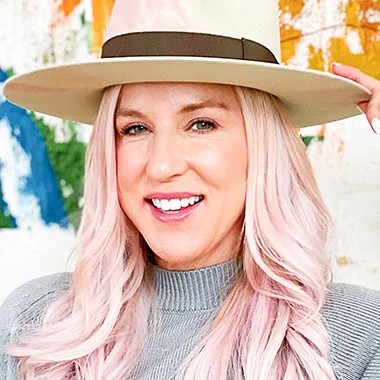
Renée Rouleau is a trusted and sought-after skin care expert and esthetician loved by celebrities, editors, bloggers, and skincare obsessives everywhere.
A life-long skin enthusiast, Rouleau has dedicated 30+ years to the art of skin perfection. She’s considered a complexion coach and blemish-busting hero by many thanks to her magical touch and ability to make skin concerns quickly disappear. Rouleau knows that great skin is rarely achieved with a “one size fits all” viewpoint.
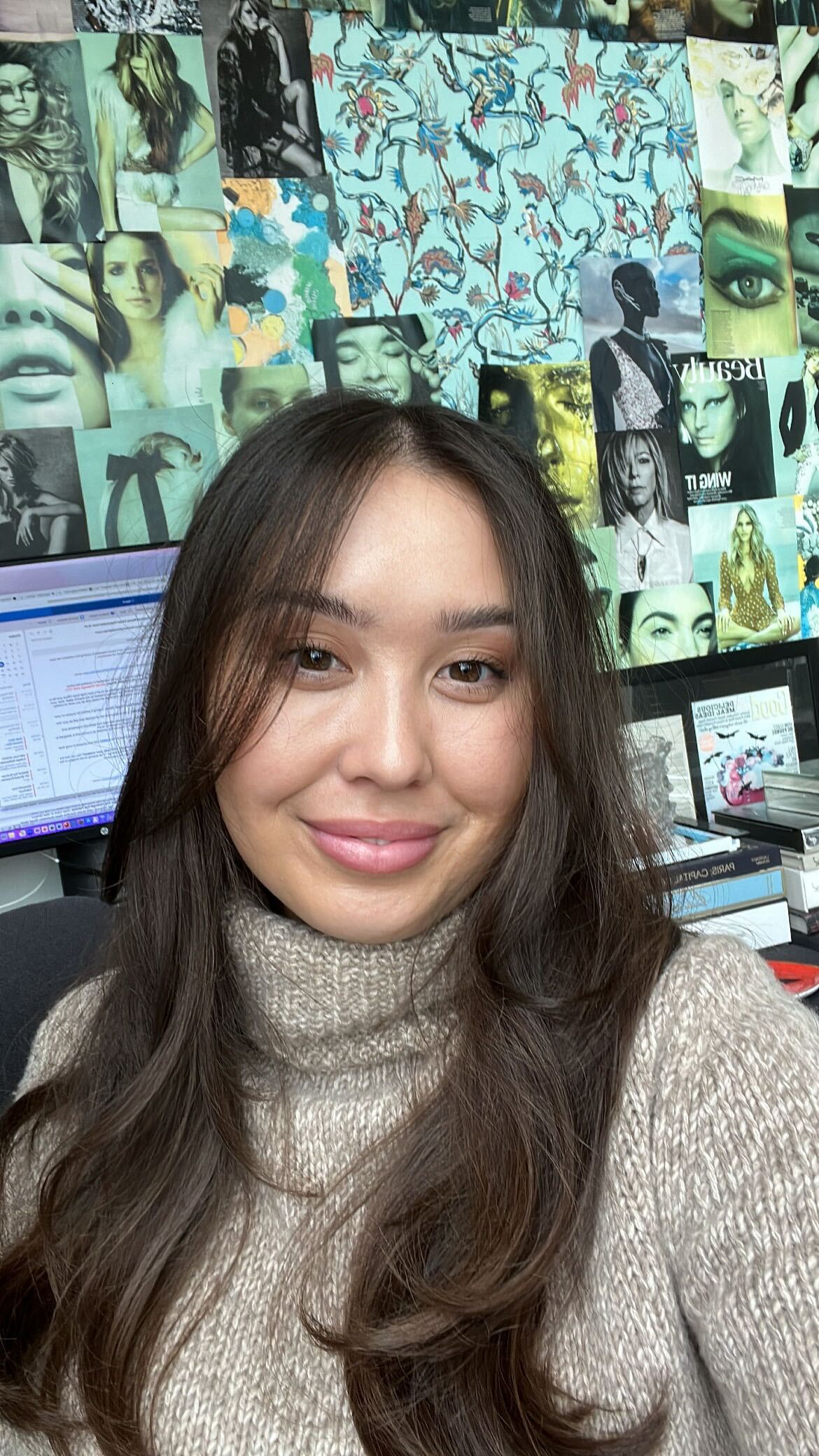
Catharine Malzahn is a freelance beauty editor and writer. She has more than half a decade of experience covering everything from skincare and makeup to spas and injectables. Previously, she held editorial positions at Good Housekeeping, Woman's Day, and Prevention; you can find her work in those publications and in Glamour, Byrdie, InStyle, PS Beauty, NewBeauty, CR Fashion Book, Makeup.com, Skincare.com, and more. When she's not writing or testing beauty products, you can find her cooking, trying a new restaurant, or reapplying sunscreen. A SoCal native, she received her BA in journalism from the University of Southern California's Annenberg School For Communication and Journalism.
